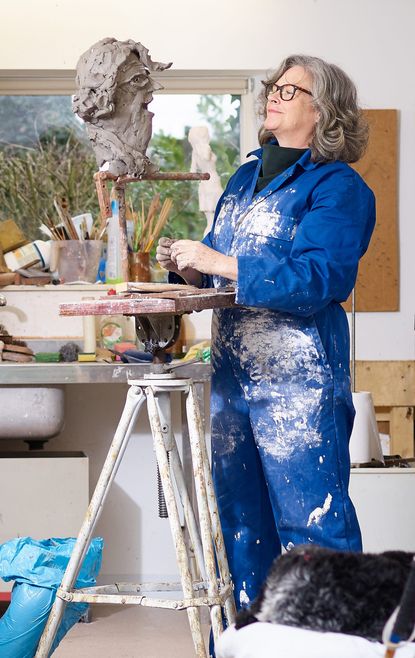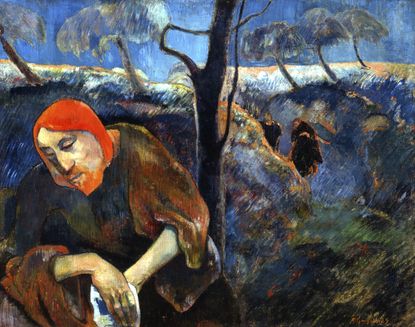In Focus
-
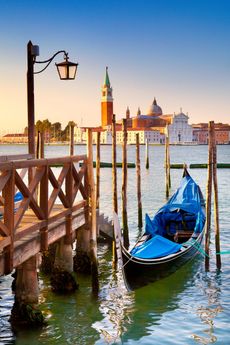
In Focus: How Italy inspired JMW Turner
Mary Miers considers how the country that fascinated Turner from youth shaped his artistic vision.
By Mary Miers Published
-
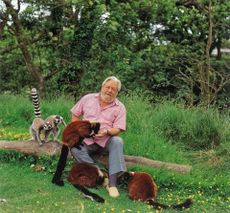
In Focus: Gerald Durrell, the 'pioneer with a marvellous sense of humour'
The author, conservationist and avid nature-lover describes his childhood in Corfu with the 'recollections of a child in a kind of earthy paradise,' in his book, My Family and Other Animals, finds Jack Watkins.
By Jack Watkins Published
-
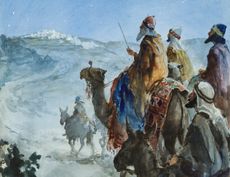
In Focus: T.S. Eliot's Journey of the Magi, the masterpiece that was dashed off in 45 minutes
Far from a celebration, the poem is a metaphor for the voyage Eliot believed the human spirit must make to experience Christ.
By Jack Watkins Published
-
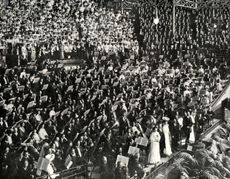
In Focus: Handel's Messiah, the Christmas music that was created for Easter
Handel's Messiah
By Jack Watkins Published
-
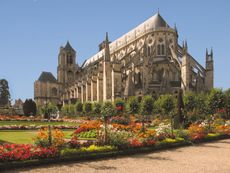
The 100 greatest cathedrals in Europe, as picked by Simon Jenkins
Simon Jenkins gives himself a daunting task with his latest book, Europe's 100 Best Cathedrals (Viking, £30), which does no less than attempt to both explain and judge the masterpieces of western civilisation. Clive Aslet took a look and found a tome that will set readers 'afire to go on architectural pilgrimage'.
By Clive Aslet Published
-
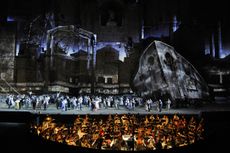
In Focus: Richard Wagner's five-hour operas — 'Singers are like athletes doing long-distance competitions. You get to the point where you’ve reached your physical limits'
Wagner’s stamina-testing operas inspire both passion and dread and the adjective Wagnerian is associated with scale and intensity. Henrietta Bredin acts as a guide for the nervous.
By Country Life Published
-
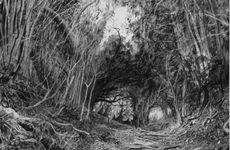
In Focus: Why the eerie thrives in art and culture
The tradition of ‘eerie’ literature and art, invoking fear, unease and dread, has flourished in the shadows of British landscape culture for centuries, says Robert Macfarlane.
By Country Life Published
-

In Focus: The extraordinary William Morris, the man for whom the word polymath was coined
Famous for urging us to have nothing in our homes that is not useful or beautiful, William Morris’s masterful command of pattern and Arts-and-Crafts design masked a deeply unhappy marriage, says Michael Montagu.
By Country Life Published
-
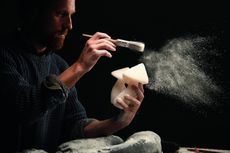
In Focus: the fungi sculptures that bend stone into soft, flowing forms
They may look as delicate and organic as the real thing, but Ben Russell’s sculptures of fungi, cacti and roots will outlast us all, believes Natasha Goodfellow.
By Country Life Published
-
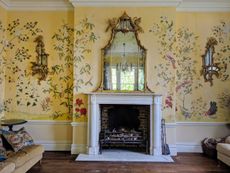
In Focus: How 21st century artists are reviving the art of the fresco
Once practised by Michelangelo, Raphael and da Vinci, the art of fresco creation has changed little in 1,000 years. Marsha O’Mahony meets the artists following in their footsteps.
By Country Life Published
-
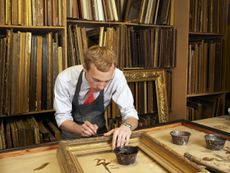
Why a good frame can be a work of art in its own right
Catriona Gray retraces the history of frames, admires the craftsmanship required to make them and discovers what's the best way to preserve them.
By Country Life Published
-
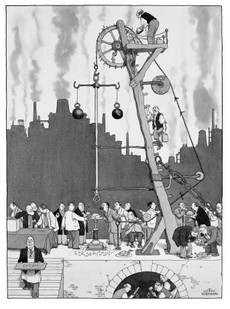
In Focus: The Heath Robinson Museum at Pinner, home to decades of gently satirised modern life
Huon Mallalieu tells the story of the small museum in Middlesex, where you'll find the last records of the county before it became overrun by suburbia.
By Huon Mallalieu Published
-
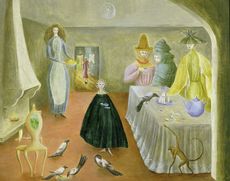
In Focus: How British artists contributed to the uncanny, desirous world of Surrealism
Michael Murray-Fennell delves into the subconscious, the uncanny, war and desire and discovers the contribution made by British artists to the Surrealist movement.
By Country Life Published
-
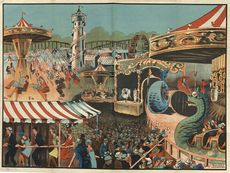
In Focus: How mass tourism to the seaside produced an entire era of iconic Modern art and architecture
Clive Aslet examines how seaside resorts used Art Deco to catch the eye, spurring on a movement of Modern designs for health and beauty.
By Clive Aslet Published
-

In Focus: The story of life of St Clare, and other restituted paintings that found their way back home
Restituted paintings, particularly a stormy scene from the life of St Clare, light up Christie’s, as Dürer poses a riddle.
By Huon Mallalieu Published
-
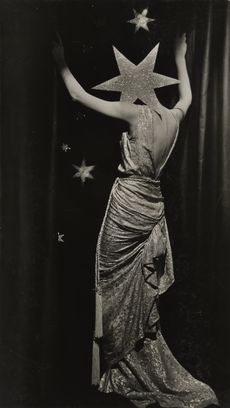
In Focus: Why Dora Maar’s vision placed her in the first rank of Surrealists
The brilliant, innovative photographer at the forefront of Surrealism was much more than merely Picasso’s mistress, says Matthew Dennison.
By Matthew Dennison Published
-
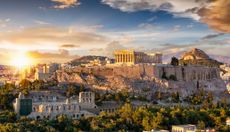
In Focus: How the belt of a goddess revealed the true colours of the Parthenon marbles
For nearly 200 years the Parthenon marbles held onto the secret they were suspected of keeping.
By Alexandra Fraser Published
-
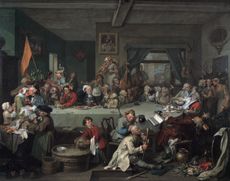
In Focus: The beauty of William Hogarth's 'Progress' Series, from his engraving skill to his story-telling gymnastics
Philippa Stockley revels in the humour, perspicacity and story-telling that radiate from Hogarth’s ‘Progress’ series.
By Country Life Published
-
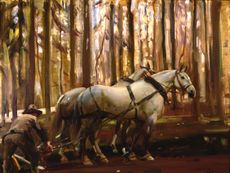
In Focus: The wartime masterpieces of Alfred Munnings
Huon Mallalieu welcomes the opportunity to see a significant body of wartime paintings alongside other works by Munnings in his former home.
By Huon Mallalieu Published
-

In Focus: The Mansions of Cornwall, as they existed in 1846
A rare survey of over 80 Cornish country houses has been found and reprinted – Adrian Tinniswood takes a look.
By Country Life Published
-
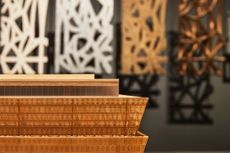
In Focus: David Adjaye and 'Making Memory', an exploration of the democratisation of the monument
David Adjaye's 'Making Memory' exhibition offers the rare chance to see buildings in the making and explore the working processes of a major architect, still in the middle of his career. Chloe-Jane Good paid a visit.
By Chloe-Jane Good Published
